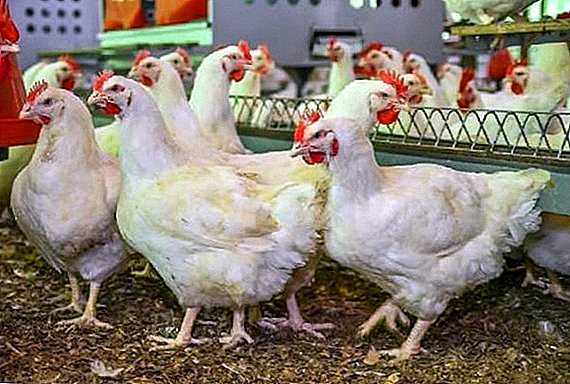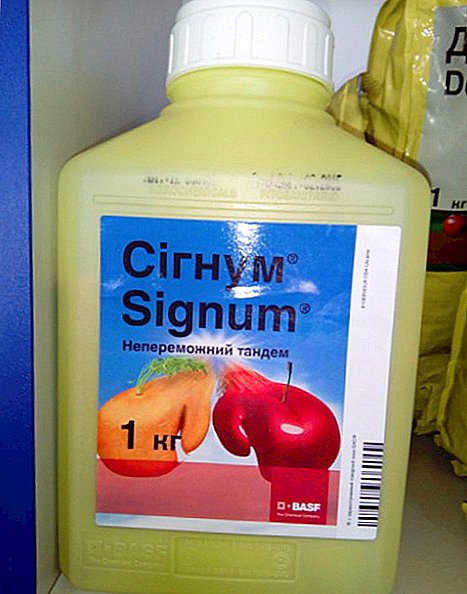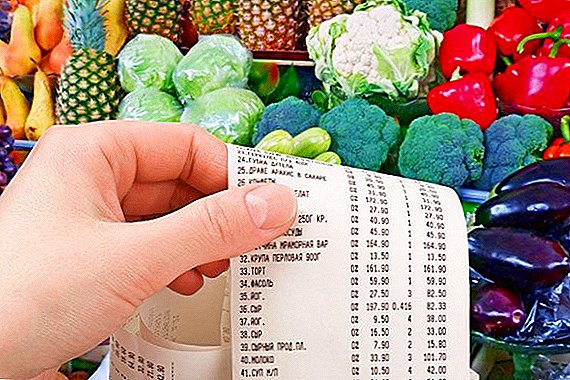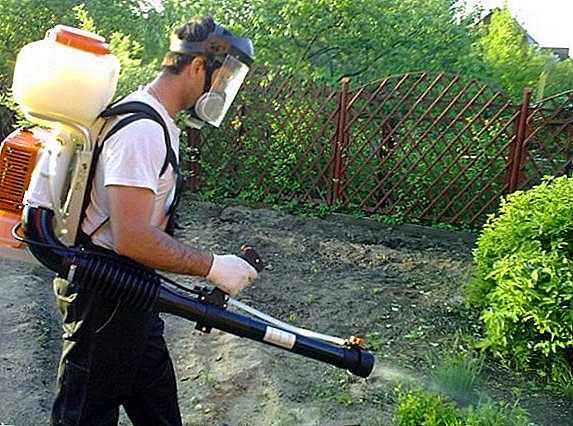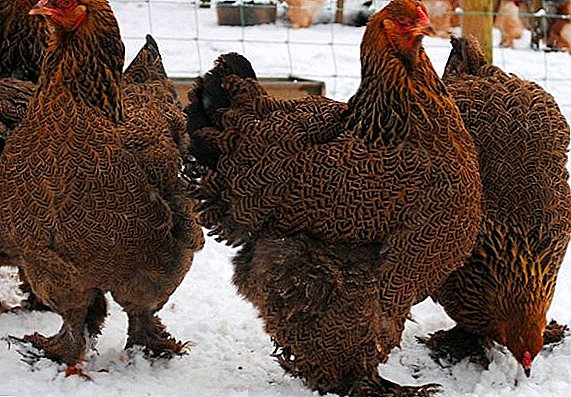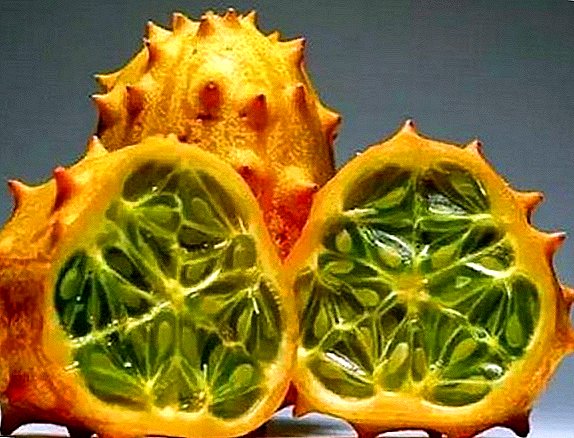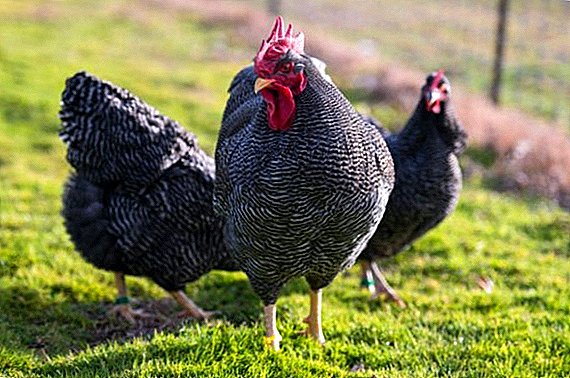 Despite its spectacular appearance, Penstemon has not yet gained wide popularity among domestic amateur gardeners.
Despite its spectacular appearance, Penstemon has not yet gained wide popularity among domestic amateur gardeners.
But all the same fans of this flower is becoming more and more. Consider the features of its cultivation.
Botanical description
270 species are included in the genus Penstemon, the genus itself belongs to the family of the Norwich (Scrophulariaceae). In the wild, all forms of penstemon are found only in North America, in vast areas from Guatemala to Canada. 
Did you know? The first description of one type of penstemon was made in 1748 by John Mitchell, a famous American doctor and botanist.This is a perennial bushy herb with straight stems and lanceolate leaves. Its height reaches 1.2 m. The flowers are tubular or bell-shaped, they are collected in paniculate inflorescences. Flower color can be very diverse: white, pink, purple, lilac, red, etc.
Most forms of penstemona begin to bloom in mid-June. The life of the plant depends on the specific type and growing conditions. It can be from 2 to 7 years, but some species are grown as annuals.
Your unpretentious annuals such as marigolds, petunias, purslane, begonias, asters, snapdragons, calendula, verbena, godetium, cosme, castor oil, delphiniums, rudbeckia can decorate your flower garden.
Popular plant species
Of the most popular species cultivated in our latitudes, it can be noted
- Penstemon Bearded with red or pink bell flowers;

- penstamon alpine with beautiful purple-blue buds;
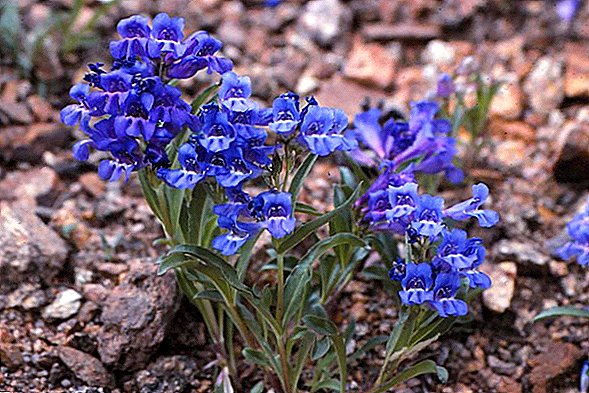
- penstemon with stems of more than a meter height and white and pink flowers;
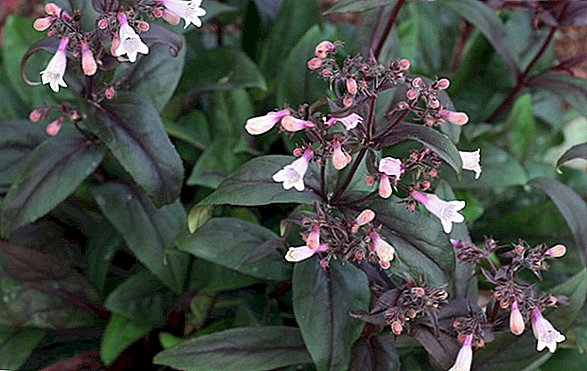
- penstemon stiff-hairedforming low bushes with light lilac flowers.

Did you know? The first sales of penstemon seeds for its cultivation as an ornamental plant in Europe were recorded in 1813.
Flower conditions
Care of a penstemon from the moment of its landing will not require much trouble from the gardener. However, you must be very careful about the choice of planting site, otherwise the plant may simply die.
Location and lighting
Penstemon is a light-loving plant, so a well-lit, dry place is chosen for its growth, but without constant drafts and inaccessible to strong gusts of wind. It is often planted in rabatka, combined flower beds, rock gardens.
Soil requirements
Optimal for planting a flower is a loose soil with an acid reaction. It is very important that the soil is well drained. Heavy soil before planting is necessarily mixed with sand or pebbles.
Planting and breeding
Both seeds and seedlings can be planted in open ground. In general, it is not only the cultivation of penstemon from seeds that is practiced, there are other ways of propagation of this flower. Consider them in more detail.
Seeds
Planting plant seeds in open ground is usually practiced in areas with a milder climate. Seeds are usually planted in spring when there is no danger of frost.
They are laid out on moist soil, without digging into it. Top sprinkled with a thin layer of wet sand, planting place covered with foil or glass. Under favorable conditions, sprouts will appear within a couple of weeks.
Important! When planting Penstemon seeds in open ground, it is necessary to carry out a stratification procedure with them, i.e., treat with cold. For this, the seeds are placed in a refrigerator for two months and kept there at a temperature of +2. up to +5 °WITH.Sometimes the seeds of some species of Penstemon are planted in late autumn, in November. In this case, seed germination will be significantly lower than in spring sowing, but the surviving plants begin to bloom earlier than usual.
 For seedlings, seeds are planted no later than the beginning of March in boxes with a moist mixture of peat and sand. They are not buried, but lightly sprinkled with sand.
For seedlings, seeds are planted no later than the beginning of March in boxes with a moist mixture of peat and sand. They are not buried, but lightly sprinkled with sand.In the future, the soil is constantly maintained in a slightly damp state by regular spraying with water. The room in which the seedlings are grown should be bright and warm enough (optimally from +18 to +24 ° C).
Sprouts appear in about two weeks. When they develop to the phase of two leaves, they dive into individual pots with peat. Planting of seedlings in open ground occurs in May.
Delenkami
For division choose overgrown bushes penstemona. The procedure itself is carried out in early spring, when the plant has not yet begun to actively develop. To do this, dig a bush, and its stems are carefully separated by hand.
Important! Delenki planted immediately on permanent seats. The distance between the landings should not be less than 35 cm.
Cuttings
Penstemon can be propagated by cuttings. It is practiced from May to August. Non-flowering apical shoots are selected for grafting. They are cut and stuck in moist soil in partial shade. It is recommended to cover the cuttings with a glass jar or film and water them regularly.
Non-flowering apical shoots are selected for grafting. They are cut and stuck in moist soil in partial shade. It is recommended to cover the cuttings with a glass jar or film and water them regularly.
Penstemon care
This flower is not particularly fastidious, and care for him is not burdensome. If you take care of creating optimal conditions for it, the plant will delight with its lush flowering.
Watering and soil care
The flower needs regular watering, it is especially important in the dry season. Between watering the soil should dry out. However, it is necessary to ensure good soil drainage, stagnant water can simply destroy the plant.
To reduce the frequency of irrigation used mulching, preventing the rapid evaporation of moisture. In addition, the soil around the plant, it is desirable to periodically loosen and weed.
Fertilizer
When planting seedlings or cuttings, planting place fertilized with rotted organic matter. Fertilizing with organic fertilizers produced at least three times per season.  Before the beginning of the flowering period, it is recommended to use complex mineral fertilizers with a high content of phosphorus - this will affect the beauty of flowers for the better.
Before the beginning of the flowering period, it is recommended to use complex mineral fertilizers with a high content of phosphorus - this will affect the beauty of flowers for the better.
Pruning
This procedure is subjected to dried leaves, buds and stems, thinning overgrown bushes. In the autumn they come in radically - they cut off the entire above-ground part of the plant, and cover the flowerbed for the winter with spruce leaves or foliage.
Planting perennials gives you the opportunity to create beautiful long-term compositions based on the host, yaskolki, doronicum, asters, lavaters, baths, astilbeas, incarvilles, phloxes, violets, roses, pions, armies, milkweed cypress, clematis.
Wintering features
Some perennial species of penstemon, due to their too southern origin, are cultivated in temperate latitudes as annual. For species that are more resistant to cold, the main danger during the wintering period is not frost, but possible soaking of the roots. This danger is eliminated by drainage, it is also possible to remove excess snow from the landing site of the penstemons before the start of spring thaw. 
Diseases and pests of the flower
One of the positive qualities of penstemon is its high resistance to diseases. On too wet areas, the plant may be affected by the fungus.
Sometimes the tops of the plant begin to dry, in this case, the diseased stems are cut off, or even pruning of the entire bush. With full pruning, new shoots appear very soon. Insect pests usually bypass Penstemons.
As you can see, this plant, which can become a decoration of any garden, is undemanding to care and easily propagated. The variety of types, the richest choice of colorings and forms of flowers allow to use it widely in landscaping.






